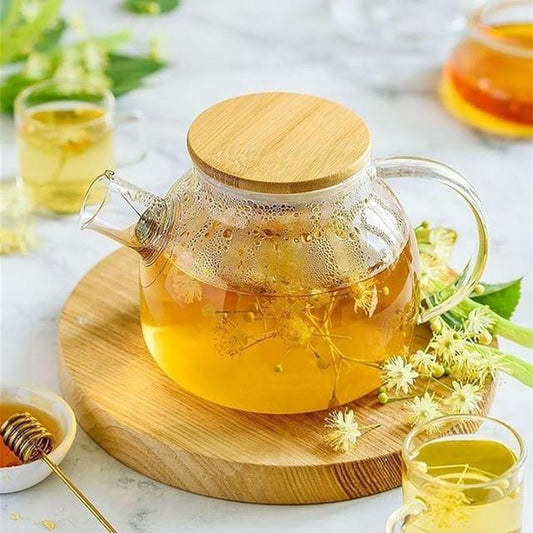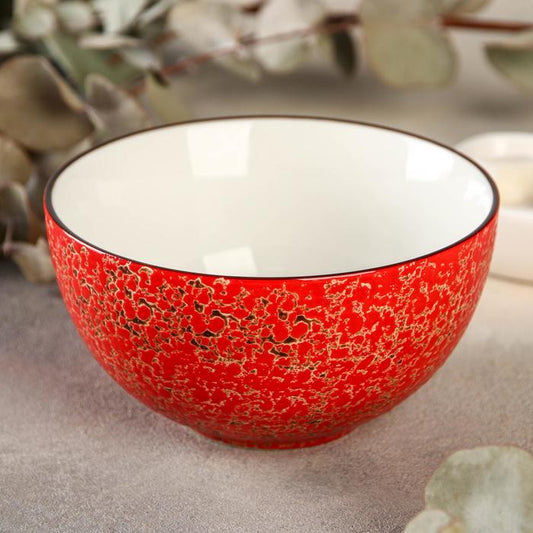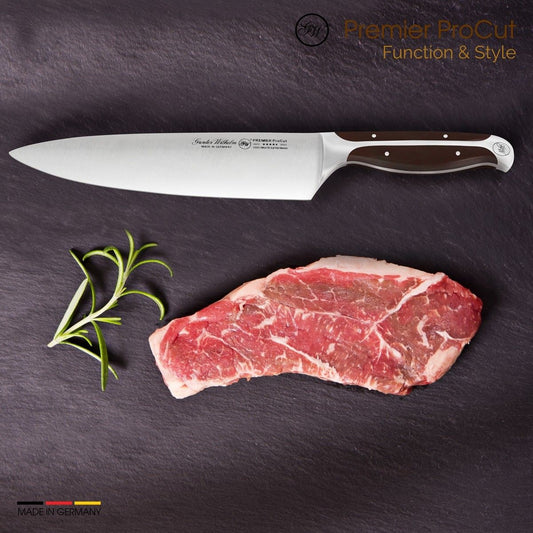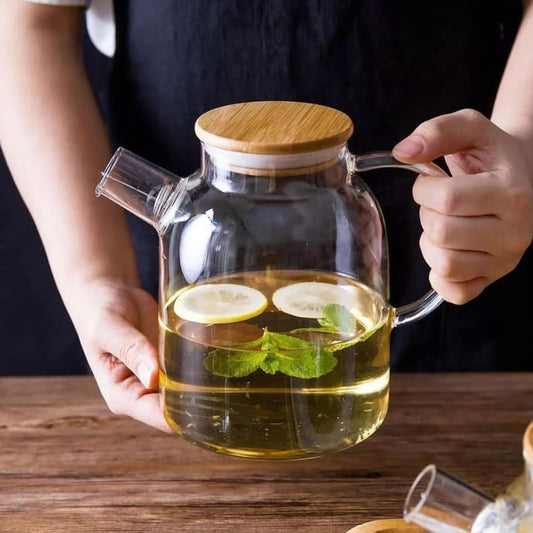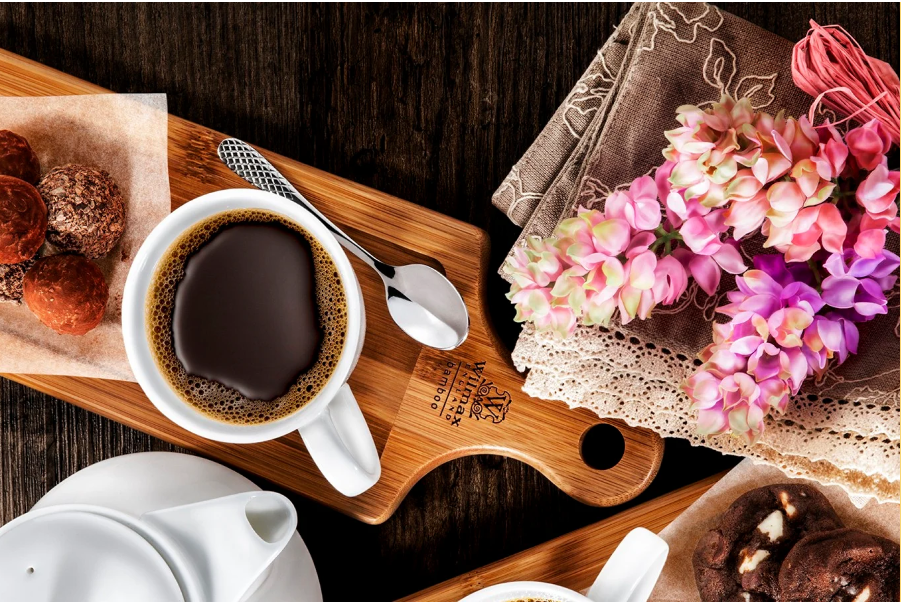Nordic Fire: How Scandinavian Grilling & Smoking Are Inspiring Menus<

🔥 Nordic Fire: How Scandinavian Grilling & Smoking Are Inspiring Menus
From open-fire hearths to wood-smoked broths and foraged accompaniments — why chefs worldwide are borrowing from the Nordic playbook.
A Quiet Revolution in Flame
If minimalism had a taste, it would be smoky, restrained, and rooted in place. The Nordic Fire movement resurrects ancient techniques — open-fire grilling, pit-roasting, cold smoking — and pairs them with a modern obsession for local, foraged ingredients. The result is food that feels elemental: charred flesh, warm fat, wild herbs, and acidic hits that cut through smoke. It’s rustic without being rusticized — refined through restraint.
Heritage Meets Modern Kitchens
Scandinavia’s love affair with fire is ancient. Before modern stoves, coastal communities roasted fish and game over embers, preserving protein through smoke and salt. Chefs such as René Redzepi (Noma) and new-generation cooks in Copenhagen, Oslo, and Stockholm have translated those traditions into contemporary tasting menus: think pine-smoked langoustine, alder-planked trout, and birch-ash char on plates that read like landscape paintings.
Importantly, this isn’t nostalgia for nostalgia’s sake. It’s a technique-forward movement: smoke and flame become tools for texture, shelf-life, and terroir — expressing the environment where the food was raised or harvested.
Techniques: From Open Fire to Cold Smoke
The Nordic toolkit is diverse but focused:
- Open-fire grilling: Direct flame for quick char and smoky crusts. Perfect for root vegetables, fatty fish, and whole birds.
- Plank & embers: Wood planks (birch, alder) placed over coals impart delicate smoke and keep proteins moist.
- Cold smoking: Smoke-infusing at low temps to preserve texture — used on butter, salt, cheese, and even vegetables.
- Pit-roasting: Slow-roasting in a ground pit for deep, even smoke and fall-off-the-bone tenderness.
- Smoke washes & broths: Liquid smoke by way of smoked butter or smoked dashi amplifies flavor across a whole course.
Chefs combine methods for layered results: a fish might be lightly cold-smoked, seared over open flame, and finished with a hot herb oil — each step adding a distinct smoky note.
Foraged Accompaniments: The Wild Side of Nordic Plates
What sets Nordic Fire apart is the emphasis on place. Foraged elements — spruce tips, sorrel, wild mushrooms, sea buckthorn, and salty seaweeds — play lead roles. These ingredients do more than garnish; they provide acid, tannin, or bright vegetal notes that offset smoke and fat.
Imagine a charred slab of reindeer paired with a sorrel mousse, or charred kelp crisps that add marine minerality to smoked cod. Foraging injects immediacy: the landscape becomes a seasoning palette.
Sustainability & Seasonality
Nordic Fire is naturally aligned with sustainability. Open-fire techniques can extend shelf life through smoking; using local wood and foraged plants reduces supply-chain emissions; and the cuisine’s reliance on seasonal, whole animals or fish minimizes waste. Many Nordic chefs collaborate directly with fishermen and small-scale herders to ensure ethical sourcing and traceability.
The ethos is simple: use what the land (or sea) offers, respect the ingredient, and let the cooking method highlight origin rather than mask it.
Aesthetics & Dining Experience
The dining experience is theatrical but understated. Open kitchens with visible hearths turn cooking into a ritual: glowing coals, swirls of smoke, and timpani-like sounds of searing. Plates are often minimal — a charred wedge, a smear of fermented cream, a scattering of foraged leaves — but the flavors are maximal.
Presentation mirrors the landscape: stoneware plates that echo rock, wooden slabs that recall the forest floor, and small vessels that hold intensely smoked sauces. The overall effect is immersive: the diner senses the origin and process as much as the taste.
Global Influence: How Chefs Are Adopting Nordic Fire
Nordic Fire techniques now appear in unexpected places. In California, chefs smoke avocado butter and finish fish with spruce-tip oil. In Tokyo, izakayas experiment with birch-planked sushi. Even barbecue joints are borrowing cold-smoke techniques to produce delicate smoked cheeses and vegetable char that appeal to more health-conscious diners.
The crossover is pragmatic: smoky notes translate across cuisines, and the focus on locality and foraging fits wider industry priorities around traceability and climate impact.
Try It at Home: Simple Nordic Fire Techniques
- Ember-seared root veg: Roast carrots or beets on hot coals or a very hot grill for charred edges and deeply sweet centers.
- Cold-smoked butter: Smoke butter for an hour at low temp; use on grilled bread or to finish steamed fish.
- Plank-cooked trout: Soak alder or cedar plank, sear on one side over coals, then move to indirect heat to finish — smoke and moisture in one step.
- Spruce-tip vinaigrette: Infuse oil with spruce tips, mix with lemon juice and a little honey for a bright, resinous dressing.
Safety note: always dry and treat foraged items properly; when in doubt, buy from trusted purveyors.
FAQs
Is Nordic Fire just a fad?
No — it’s a technique-driven movement rooted in centuries-old cooking methods. Its longevity is supported by relevancy: sustainability, seasonality, and a global interest in provenance.
Do I need special equipment?
Not always. A home grill, a few hardwood planks, and a smoker box can replicate many Nordic techniques. For true cold-smoking, a small cold-smoke generator is useful but not mandatory for beginners.
Are foraged ingredients safe?
Foraging is rewarding but requires knowledge. If you’re new, learn from local experts or buy from reputable foragers and suppliers.
Share:

